Our next destination in the Monteverde cloud forest which sits on the continental divide of the Pacific and Carribean and is often shrouded in cloud because of its fairly high altitude.The road into Monteverde is so bad that it’s hard to believe that that this is a major tourist stopover. At some point on the journey, we are listening to music and Roger starts crying. We are both feeling quite beaten down by the disharmony in the family and perhaps the realisation that our trip is is nearly over is highlighting the fact that travel has bought about change, but not the kind we were hoping for.
It is windy and wet and when we arrive at the Mariposa lodge where we will spend the next three nights, we realise that the temperature has dropped from somewhere in the thirties in Ostional, to about fifteen degrees here. We are all in shorts and singlets and immediately get so cold that we need to go in doors and hop under the blankets.
The Monteverde area has an interesting history. In 1951, several dozen Quakers from Alabama,seeking to live as farmers moved to and purchased land in Costa Rica] This was primarily to avoid the Korean War draft, an obligation which contradicted Quaker pacifist ideology. They chose Costa Rica because it had just abolished it’s army three years earlier. In 1972, a biologist joined one of the Quakers to promote the establishment of the natural preserve now known as the Monteverde Cloud Forest.
It seems that the weather in the cloud forest is fairly unpredictable at this time of year and the next day, while it is cold and windy, the sun is out. Dressed as if we were walking the Milford track in winter, we pay our admission to spend the day in the park. It’s like a winters day in the bush at Piha and about as exiting from an animal spotting perspective. Ie, we’ll be lucky if we see a bird, let alone any animals, frogs or snakes.
Before we leave the guesthouse, we see some beautiful hummingbirds in the garden.
The Monteverde cloud forest is hyped as being the place to see a lot of wildlife but from the reviews we’ve read, we’re more likely to animals on the way to the park. Perhaps the wind is putting them off. The four hours that we spend walking through the forest is really magical. Partly because we whisper for most of the way in order to surprise any animals that may be on the track. We walk to the point that is marked as the Continental Divide, where the clouds and mist drift past bellow us and obscure any view, and we spend quite some time jumping up and down on the swing bridge.
At the entrance to the park is a gallery and cafe where there are multiple hanging bird nectar feeders and at least twenty humming birds buzzing around them.
Trying to get a photo of a humming bird is very difficult. I stand so close to the bird feeder that the buzz of their wings in my ear is like a low melodic hum. Louie, Stella and I have a competition to see who can get the best photo.
It sounds as though a hurricane is on it’s way to Costa Rica which is quite unusual, particularly so late in the season. In fact, there hasn’t been a hurricane here since records began in the late 1800’s.
All of the Monteverde conservation area is set up as a financially self supporting industry. There are few things to do that don’t cost at least $70 US and having paid that the day before as park admission, we look for free activities. So we go back and watch hummingbirds. Today there’s a kinkajou there too but it looks so much like a NZ possum that it’s hard to get enthusiastic.
Louie spots a machete for sale in a shop and for some reason, we decide it’s a good early Christmas present. Really, the last thing we should be adding to the family dynamic at this point, is a large knife but Louie has been admiring all the men in Costa Rica, who carry machetes on their hip and wants to use one back in Aotearoa.
It is really getting quite stormy by the end of the day but we head out to watch the sunset before heading home for noodles in a cup.
Costa Rica is a lot more expensive than we were anticipating and having got our currencies slightly confused the night before, and spending as much as we would on an average restaurant meal at home, we have spent our weekly budget and more. We are all enjoying the challenge of living very cheaply and Roger has developed such ingenuity in the kitchen (or in many cases, the bathroom) that he can prepare a whole meal without a stove. We bought a kettle in Turkey so that we could make coffee. Now he cooks noodles, heats up sachets of refried beans and soup and can even boil an egg.
I must admit that I thought it was ridiculous to carry a kettle from country to country. At one point he was filtering coffee through an old shirt, until we upgraded to a coffee filter.
Now the kettle has become invaluable and there are many nights when we are too tired to go out and we opt for a kettle cooked meal! I’m looking forward to having a fridge and a stove again and am very thankful that Roger had risen to the challenge of providing food out of virtually nothing because I have lost my cooking mojo. ( not that I had a very strong one in the first place).
Arenal
We travel what should be about 27km from the air, but ends up as a four hour drive, 137 Km right around Lake Fortuna to Arenal Volcano.
Costa Rica appears from photos, to be a land full of Sloths and we are sad not to have seen one yet. On the road into Arenal, we come across several car loads of people staring up at the trees. We stop too as a crowd under a tree usually means something interesting. There is a sloth!
Our cheap hotel is a bit of a dive and there’s a hurricane about to hit.
We are offered a day in the local hot pools for $300 NZ including dinner. We are finding it increasingly hard to explain to people that we have been travelling for the year and are running out of money for extravagances like hot pools. It is low season still, with the rainy season ending on the 1st of December and there are very few people around. Now we’re whipping up food in our bathroom, we’re not really the tourist cash cows that the hotel are probably hoping for. We only have one full day here unless we are stranded due to road closures. The hurricane is shaping up to be quite a big deal for both Costa Rica and Nicaragua. The projected path takes it over the Caribbean Coast where we are heading next and just above where we are currently.
Hurricane Otto is the only tropical storm or hurricane whose centre has ever moved over any part of Costa Rica. It is also the largest forming hurricane ever recorded in the region which is probably the result of exceptionally high sea surface temperatures of around 29C.
We have terribly intermittent wifi and phone reception but it seems that my sisters are worrying about where we are. Every single news report is in Spanish which makes it slightly hard to work out what’s going on.
As the Arenal national park is closed due to the hurricane, there is little else to do but sit in a hot pool or watch storm footage on TV.
We do some research and find that there is a hot spring that runs into a river near by, but acknowledge that perhaps a river is not the best place to be sitting in a hurricane with heavy rains forecast.
Watching the TV becomes quite entertaining and Roger and I take turns translating the Spanish titles running along the bottom of the screen. Roger makes his up. But hold on……. as well as a hurricane, there seems to be a Tsunami warning.
Obviously we are not in imminent danger as we are inland on a volcanic plateau but a tsunami and a hurricane. What is going on? We finally manage to connect to the wifi for a minute and in searching for Costa Rica Tsunami, learn that there has also been an earthquake off the coast of El Salvador and a Tsunami warning has been issued for the Pacific Coast.
After watching the news for about two hours it becomes apparent that the same footage is being replayed over and over again. Palm trees blowing in the wind, some choppy waves on the Caribbean coast and lots of people with umbrellas in San Jose. Umbrellas in a hurricane?
It seems that perhaps this Category 2 hurricane is less ferocious than expected.
In Arenal there is some wind and a very steady amount of rain but it seems that the worst is passing.
Later we find out that the nine deaths in CostaRica were all about 100km north, where in the Upala region. Because of Costa Rica’s steep terrain, a slow moving storm like Hurricane Otto, can casue very heavy rain and a lot of landslides.
Because we all have cabin fever, we head out to explore.
We pass the point on the map that is marked as the free hot spring but can’t really see an obvious place to get down to the river when we look. It is likely that with a higher volume of water, the river will be fairly cold. We decide to give it a miss; but on the way back we pass a German couple and their small child who have just been in the river and haven’t been washed away.
They point us to the path and we get into our togs and head down to the river where we are the only people. We trust that there are no snakes in a thermal river but the water is fairly murky from the heavy rains and we just have to relax and hope for the best. It is still raining but the water is warm and for a moment it feels as if we really are having the adventure of a lifetime.
We’ve been waiting all day to hear from the Airbnb where we are supposed to be heading tomorrow on the south Caribbean coast, to ascertain whether the house or the roads have sustained any damage.
It seems that the area around Punta Uva, South of Limon, is fine although no one can guarantee the state of the roads so we decide to take a chance and head off anyway.
We even catch a glimpse of the Volcano on the way out.
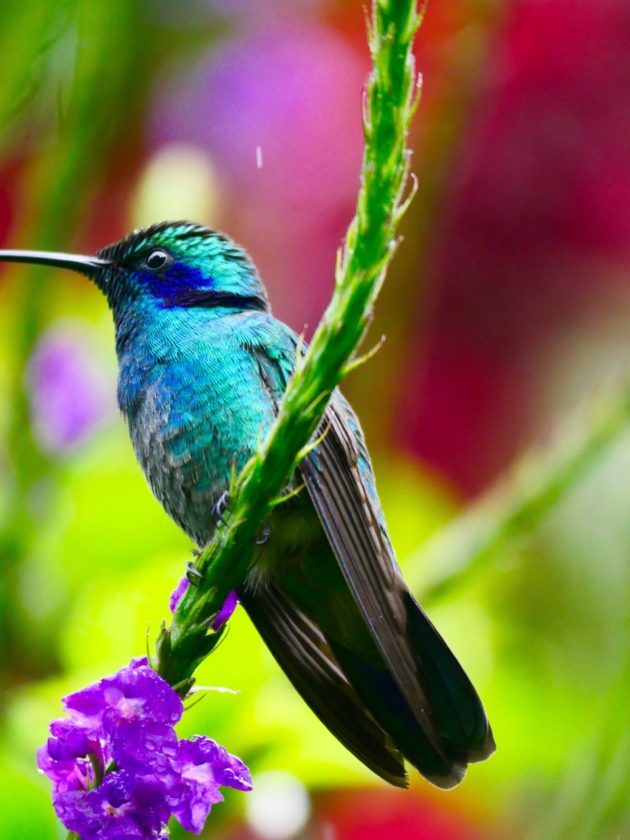

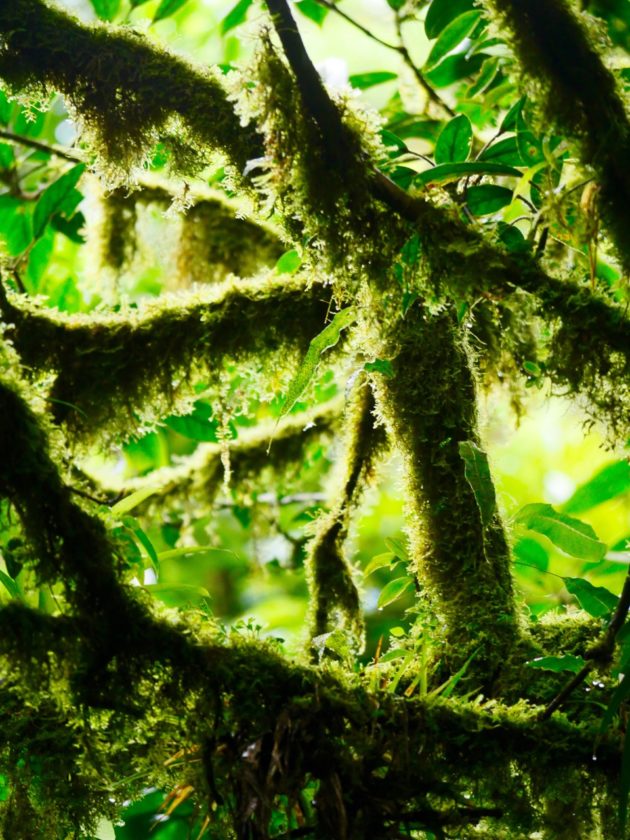

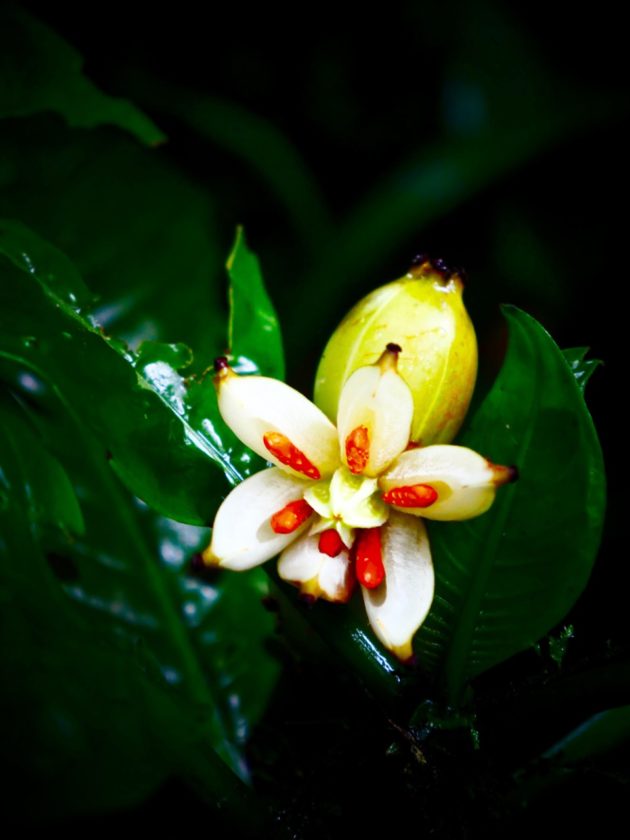
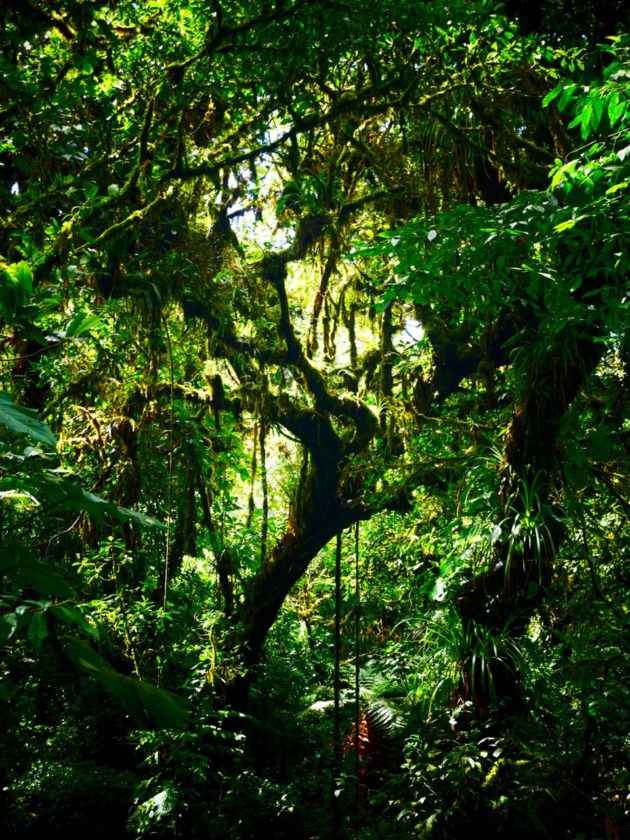
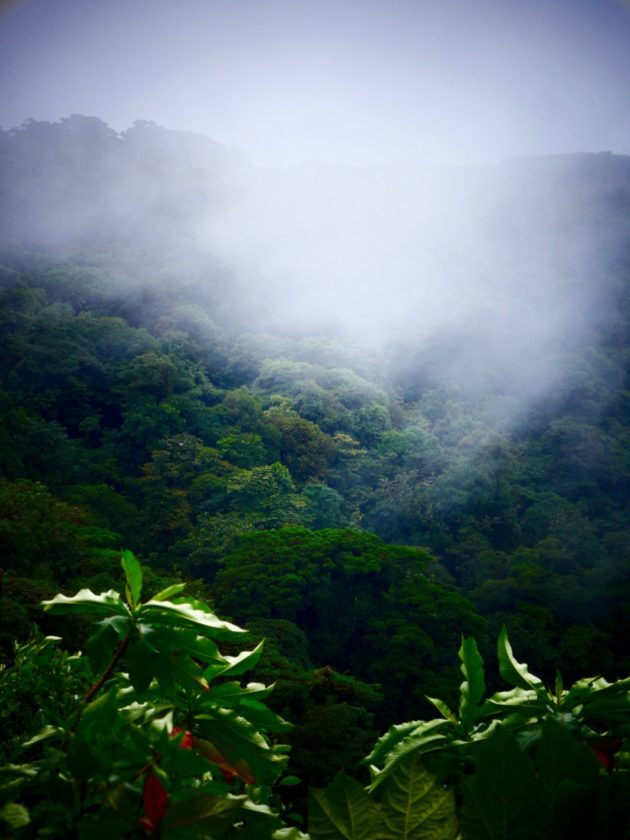
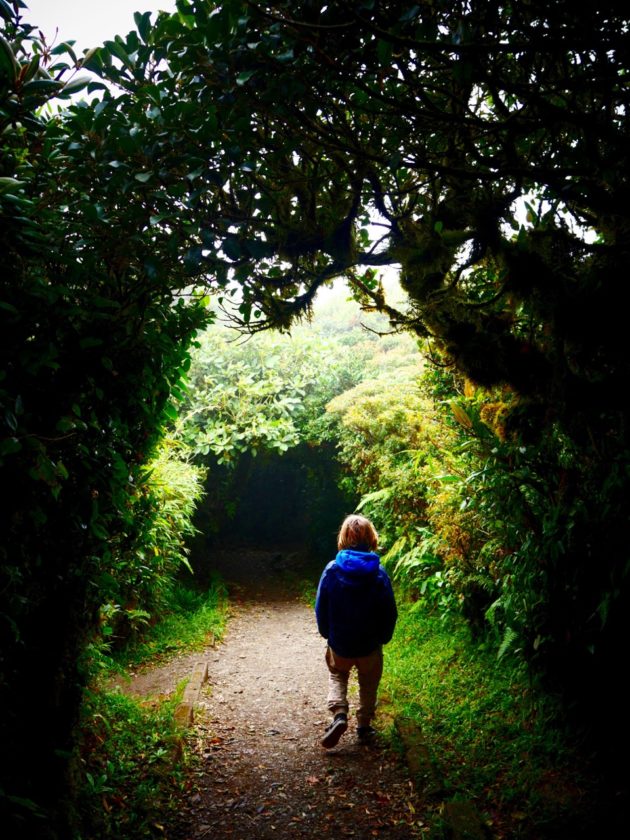
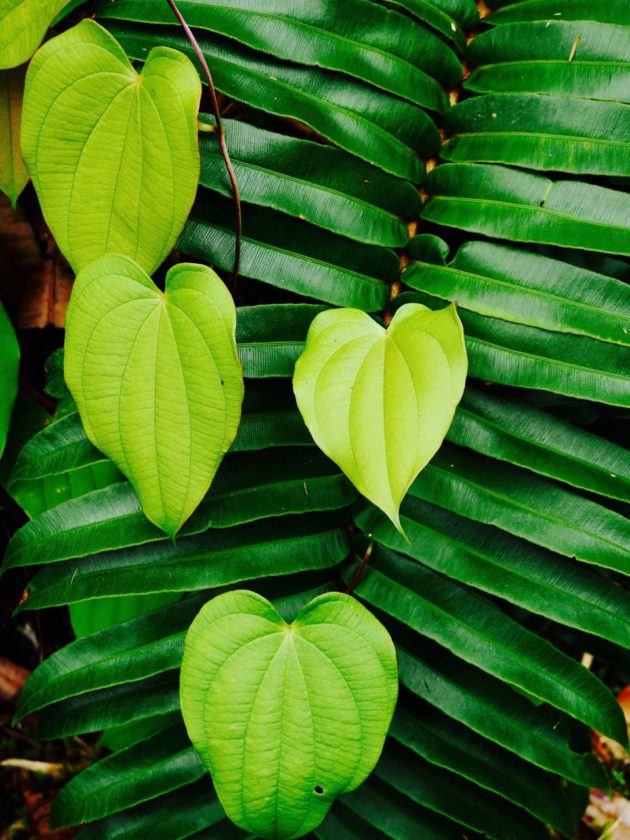


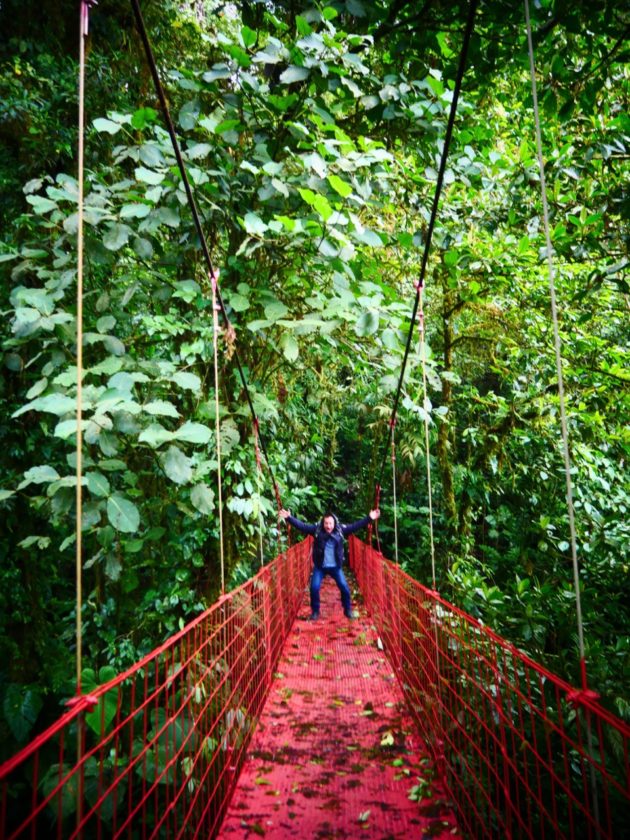
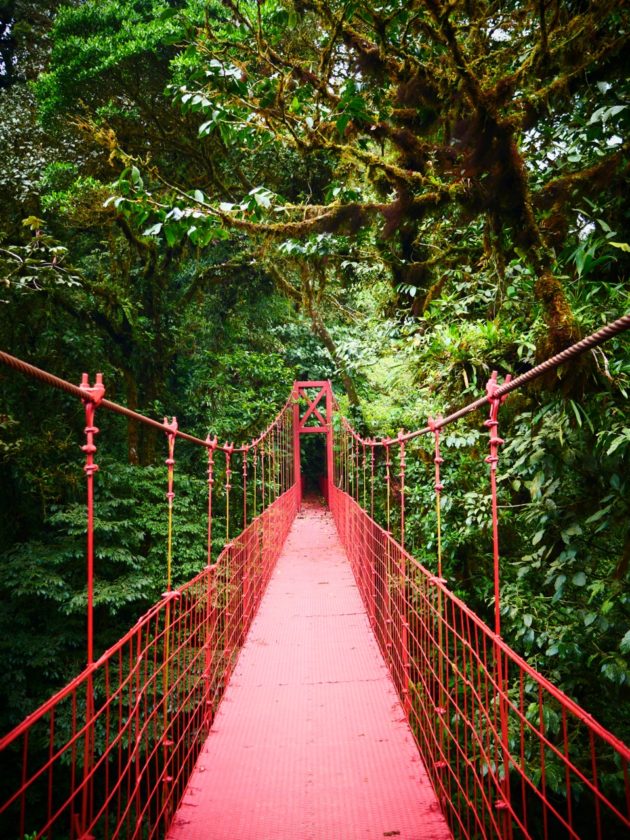
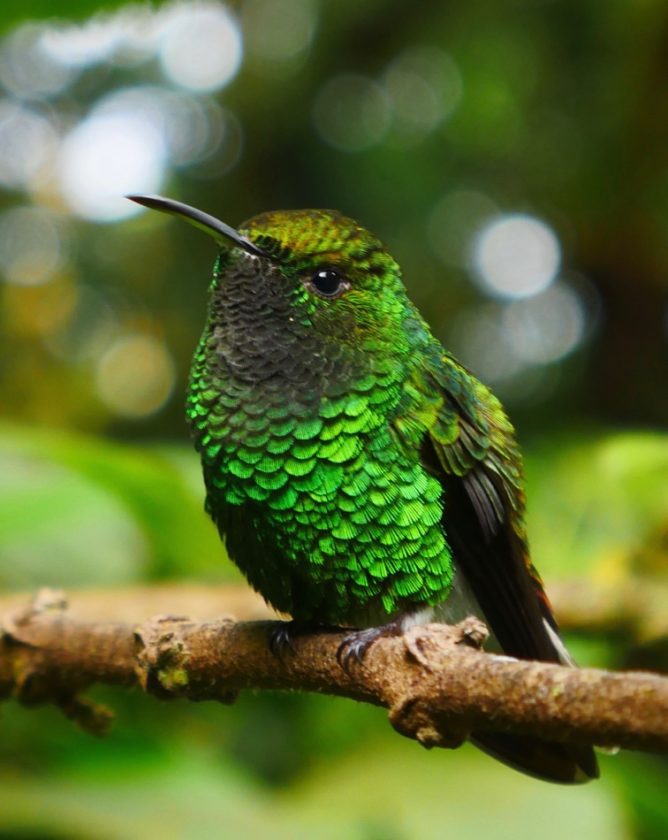


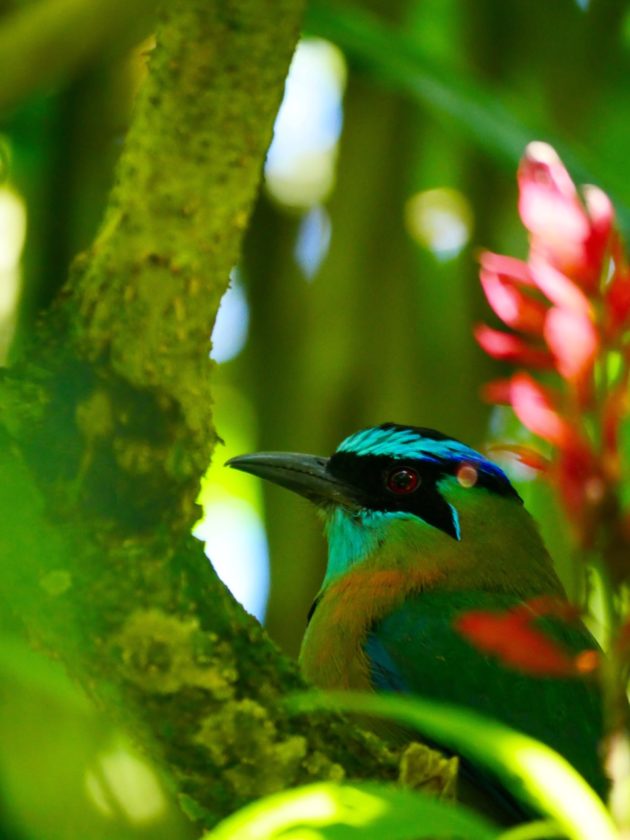
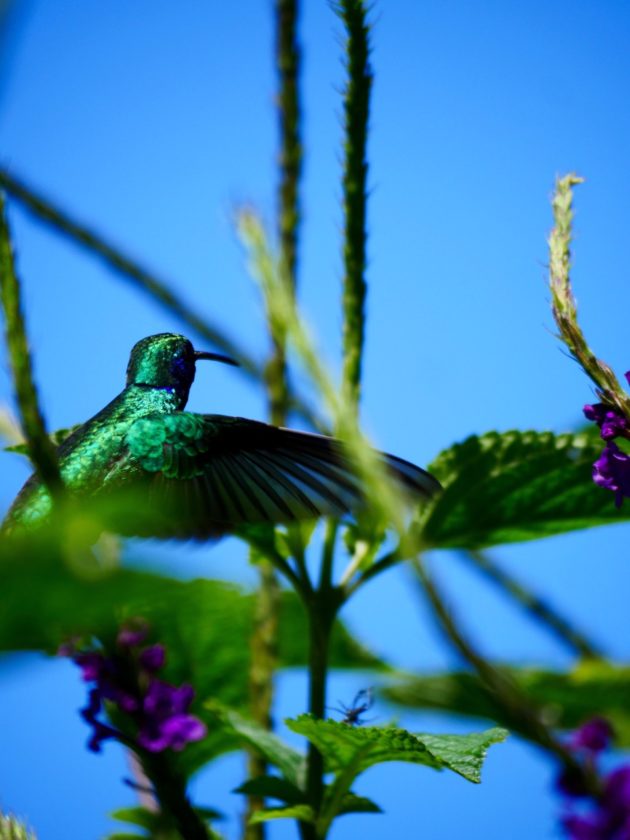
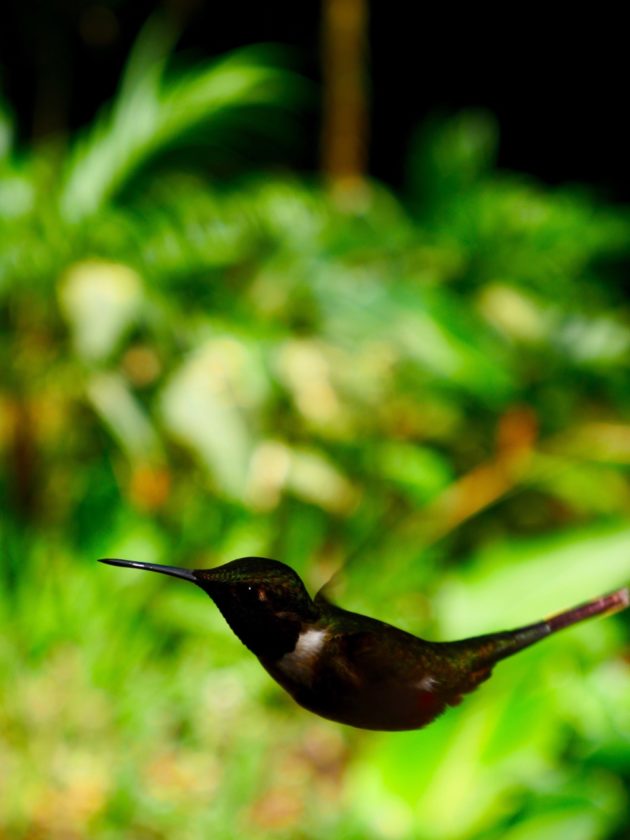
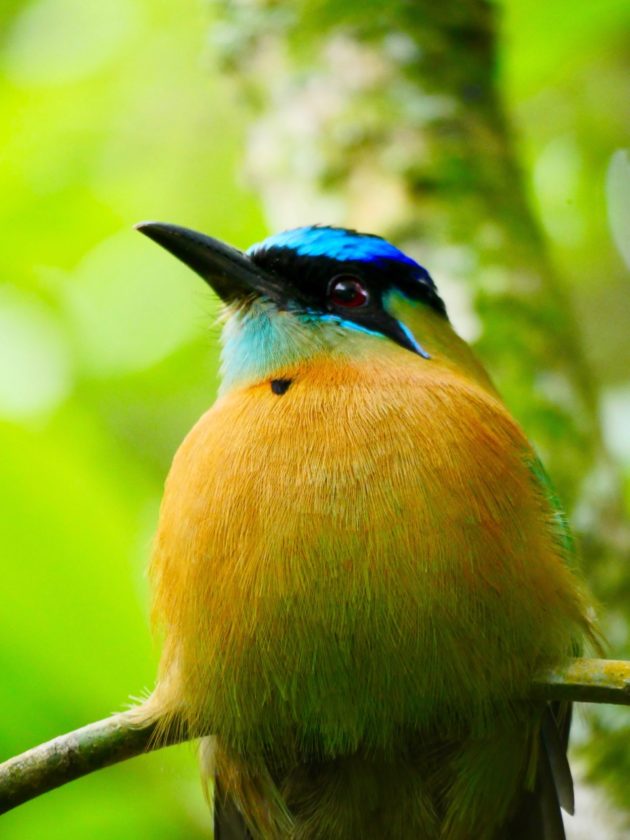

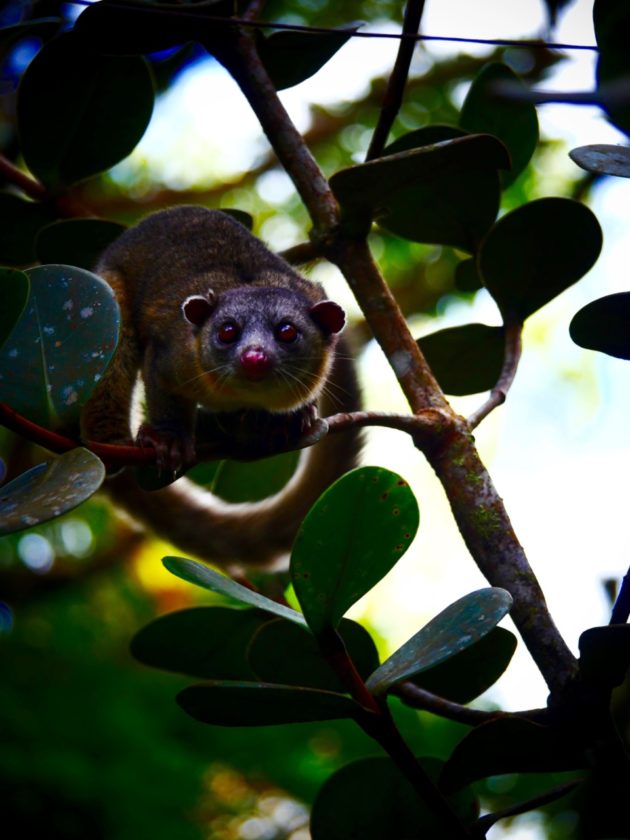

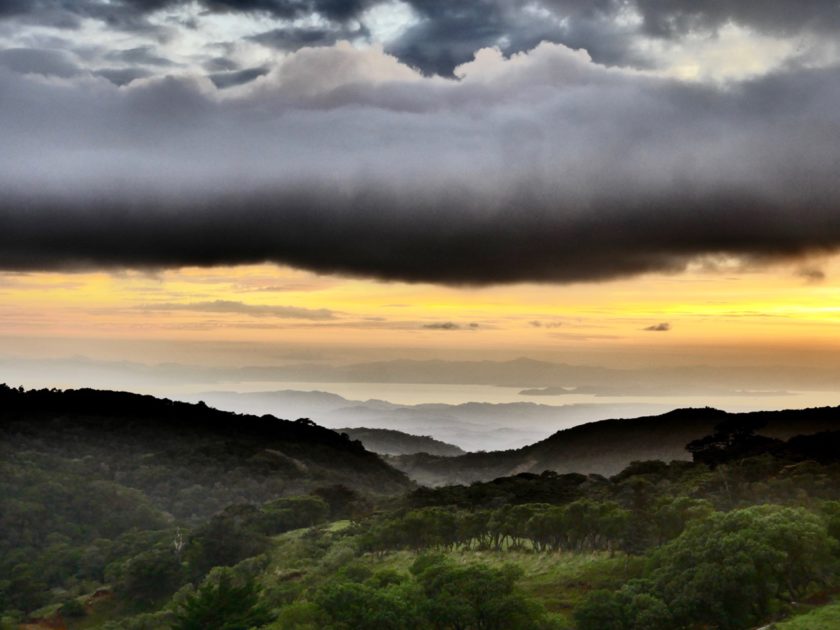
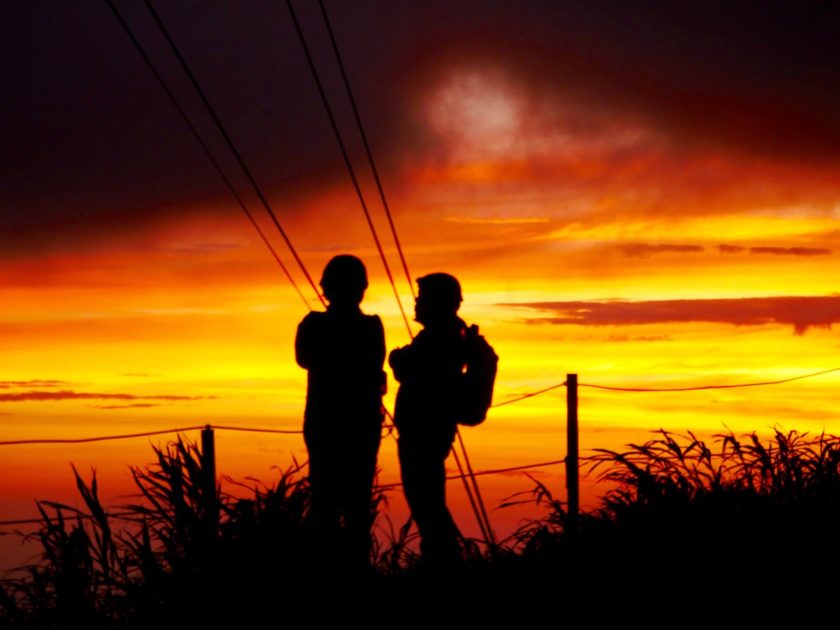
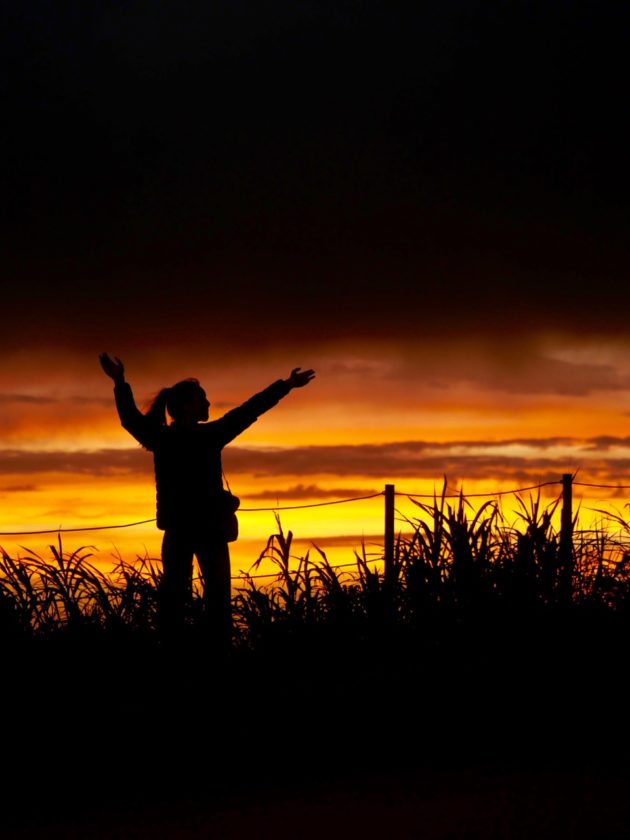

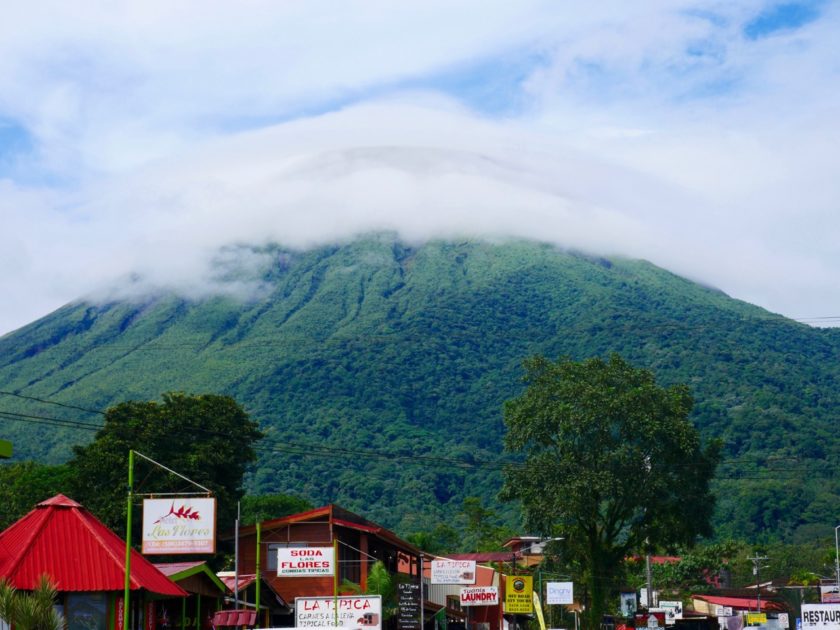
0 Comments